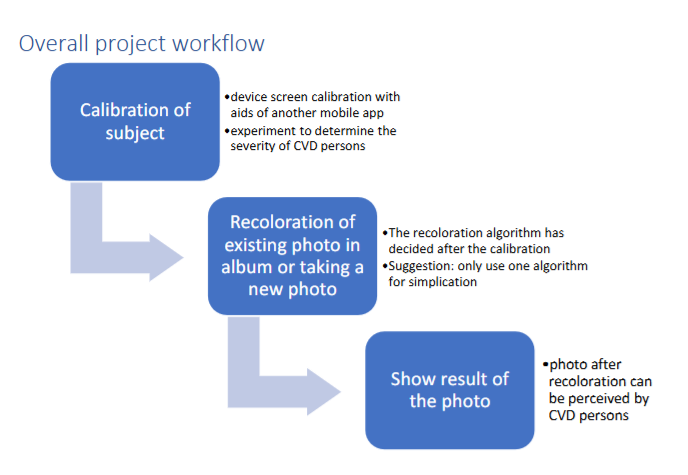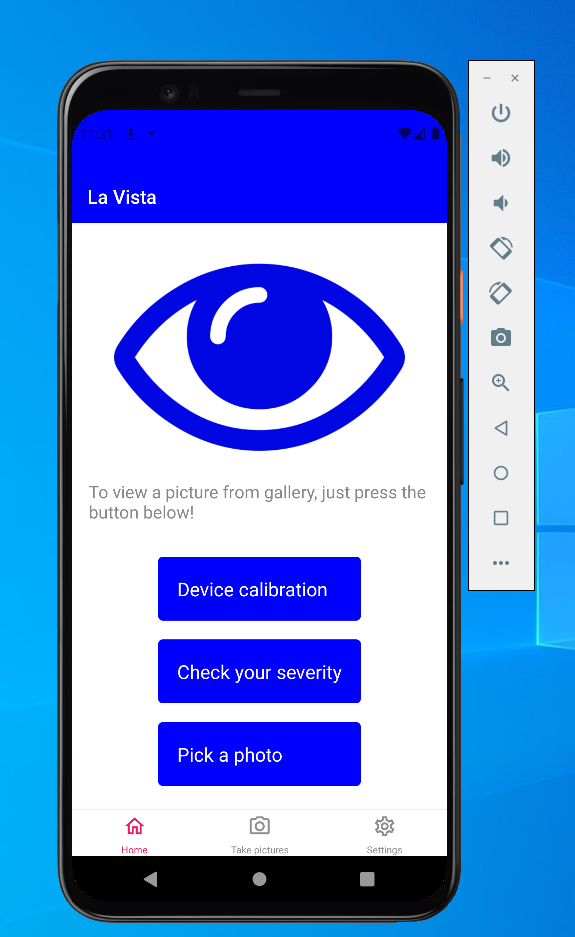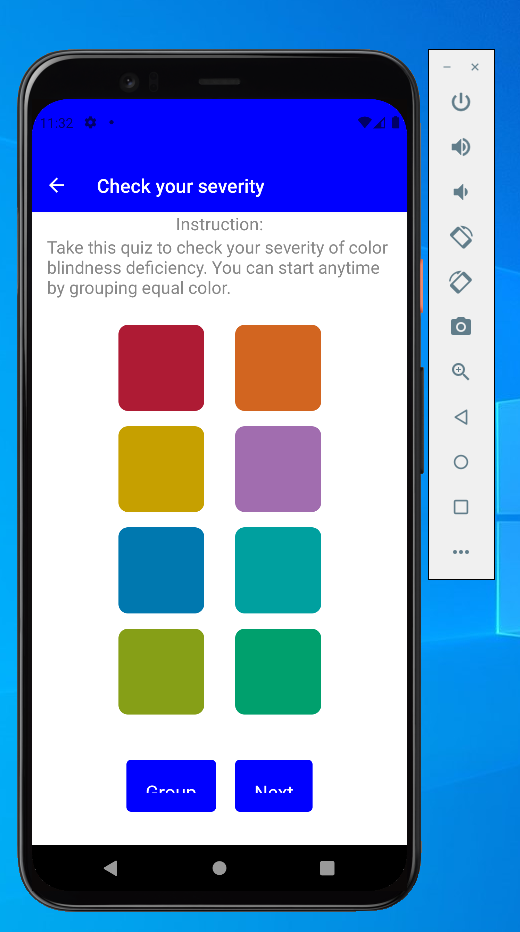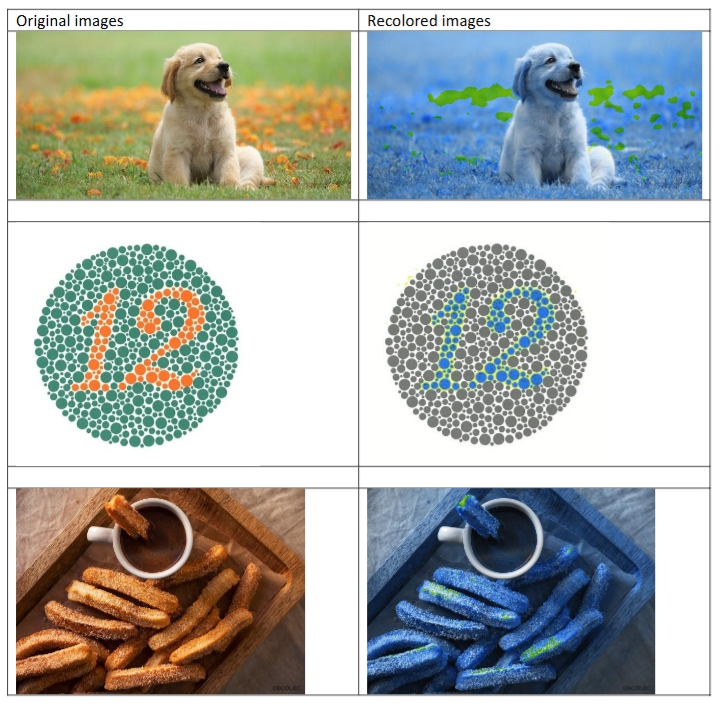Color Vision Deficiency Assistant
Project Overview
This assistive technology project, developed during my internship at the University of Granada, addresses the challenges faced by people with Congenital Color Vision Deficiency (CVD). Affecting approximately 8% of Caucasian males and 0.5% of females, color blindness limits color discrimination abilities in various contexts.
The application serves dual purposes: helping color blind individuals perceive colors more accurately through customized image recoloration, and allowing people with normal vision to experience what color blindness is like through simulation.
Technical Implementation
System Architecture
The application uses a client-server architecture:
- Frontend: React Native with Expo framework for cross-platform compatibility
- Backend: Python Flask server handling complex image processing algorithms
- Image Processing Pipeline: OpenCV-based transformation between RGB and LMS color spaces
[Architecture diagram showing the flow from user input to processed image output]

Key Features
- Personalized CVD Calibration: Interactive color grouping experiment to determine the type and severity of color vision deficiency
- Image Recoloration: Advanced algorithms to transform images for better perception by CVD individuals
- Simulation Mode: Allows non-CVD users to experience how images appear to people with different types of color blindness
- Camera Integration: Ability to process both existing and newly captured images
Color Science Application
The project implements sophisticated color science principles:
- Color Space Transformation: Converting between RGB and LMS (Long, Medium, Short wavelength cone response) color spaces
- Kotera Simulation: Implementation of the Kotera algorithm for recoloring images to enhance perception for CVD individuals
- Calibration Testing: Utilizing Digital NCS (Natural Color System) samples for precise CVD type determination
Results and Outcomes
[Image: User interface of app designed by Iye Szin]


The application successfully recolors images to enhance color differentiation for users with various types of color blindness. Testing with sample images demonstrated significant improvement in distinguishing previously confusing colors:
[Image: Grid of test results showing original and recolored images]

Technical Challenges
Several technical challenges were addressed during development:
- Cross-platform Color Management: Implementing consistent color representation across different mobile devices
- Algorithm Translation: Converting complex MATLAB color transformation algorithms to Python
- Real-time Processing: Optimizing image processing for acceptable performance on mobile devices
- Personalization: Creating adaptive systems that respond to individual variations in color perception
Future Development
While the core functionality was successfully implemented, several enhancements remain for future development:
- Device Screen Calibration: Enhanced color calibration for more accurate representation
- Expanded Testing Framework: Additional color perception experiments for more precise CVD classification
- Real-time Video Processing: Extending image recoloration to live video streams
- Accessibility Improvements: Further UI refinements for users with additional visual needs
Technologies Used
- Frontend: React Native, Expo
- Backend: Python, Flask
- Image Processing: OpenCV, NumPy
- Color Science: LMS color space transformation, Kotera algorithm
- Development Environment: Visual Studio Code, Android Studio Emulator